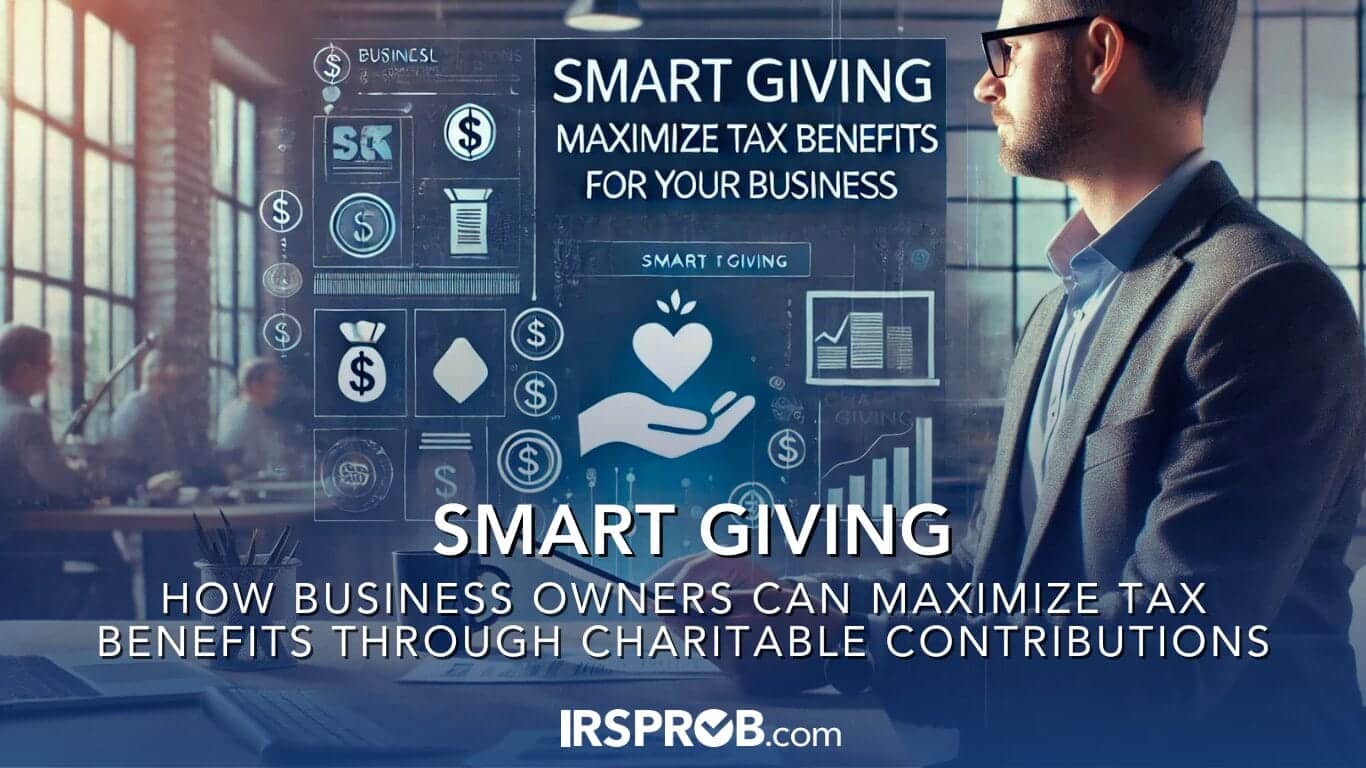
As a business owner, you’re likely always on the lookout for smart strategies to reduce your tax liability while supporting causes you care about. Charitable contributions are one of the most effective ways to achieve both. However, many business owners overlook some of the most powerful tax-saving strategies available. In this post, we’ll explore four key strategies to maximize your tax benefits through charitable giving.
1. Make Your Required Minimum Distribution (RMD) from Your IRA Tax-Free
If you’re of the age where the IRS mandates required minimum distributions (RMDs) from your traditional IRA, you might be facing a significant tax burden. The good news is, there’s a way to turn this obligation into a tax-saving opportunity: the Qualified Charitable Distribution (QCD).
A QCD allows you to donate up to $100,000 directly from your IRA to a qualifying charity. This distribution satisfies your RMD requirement, but it doesn’t count as taxable income. This means you can avoid the income tax on your RMD, which not only reduces your overall tax liability but can also help you save on Medicare premiums and Social Security taxes. It’s a win-win if you’re already inclined to support charitable causes.
2. Convert Charitable Donations into Business Expenses
The Tax Cuts and Jobs Act (TCJA) increased the standard deduction, making it harder for many individuals to benefit from itemized deductions, including charitable contributions. However, as a business owner, you can turn your charitable contributions into business expenses, which can be more beneficial.
By aligning your donations with business promotions or advertising, you can deduct these contributions as business expenses. For example, you can sponsor a charity event, where your business gets promotion in exchange for your donation. This strategy allows you to reduce both your self-employment and income taxes, making your charitable giving work double duty.
3. Utilize Donor-Advised Funds
Donor-advised funds (DAFs) are an excellent tool for managing your charitable giving while maximizing your tax benefits. A DAF allows you to make a charitable contribution, receive an immediate tax deduction, and then recommend grants from the fund over time.
One significant advantage of DAFs is the ability to bunch your charitable contributions. By making a larger donation in one year, you can exceed the standard deduction threshold and itemize your deductions, potentially saving more on your taxes. Plus, the funds in your DAF grow tax-free, allowing you to support your chosen causes over several years.
4. Leverage Conservation Easements for Big Deductions
For those in high-income brackets, particularly in specified service businesses, a conservation easement can offer substantial tax savings. By donating a conservation easement, you essentially give up certain development rights on your property, which reduces its market value and, in turn, provides you with a significant charitable deduction.
This strategy is particularly powerful because the deduction is based on the fair market value of the easement, which can be much higher than your initial investment in the property. Additionally, this deduction can help you qualify for the full 20% pass-through deduction under Section 199A, which can otherwise be limited or phased out at higher income levels.
Final Thoughts
Charitable giving is not just a noble endeavor; it’s also a strategic one. By carefully planning your contributions and utilizing the tax strategies outlined above, you can significantly reduce your tax burden while supporting the causes you care about. Whether through QCDs, business deductions, donor-advised funds, or conservation easements, each strategy offers unique benefits that can help you achieve your financial and philanthropic goals.
For more detailed guidance tailored to your specific situation, consider consulting with a tax advisor who can help you navigate these strategies effectively.







